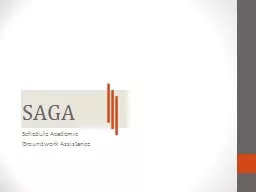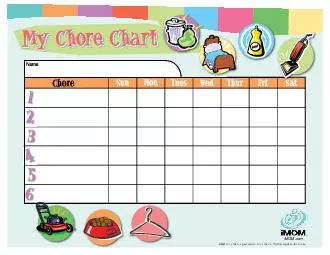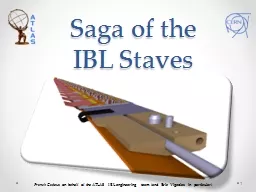PPT-SAGA Schedule Academic Groundwork Assistance Outline Organizational Chart of Team
Author : yoshiko-marsland | Published Date : 2019-11-05
SAGA Schedule Academic Groundwork Assistance Outline Organizational Chart of Team Societal Problem SAGA Solution Case Study Process Flow for ODUs System Issues with
Presentation Embed Code
Download Presentation
Download Presentation The PPT/PDF document "SAGA Schedule Academic Groundwork Assis..." is the property of its rightful owner. Permission is granted to download and print the materials on this website for personal, non-commercial use only, and to display it on your personal computer provided you do not modify the materials and that you retain all copyright notices contained in the materials. By downloading content from our website, you accept the terms of this agreement.
SAGA Schedule Academic Groundwork Assistance Outline Organizational Chart of Team: Transcript
Download Rules Of Document
"SAGA Schedule Academic Groundwork Assistance Outline Organizational Chart of Team"The content belongs to its owner. You may download and print it for personal use, without modification, and keep all copyright notices. By downloading, you agree to these terms.
Related Documents








![[Organizational Chart Call Tree]](https://thumbs.docslides.com/640218/organizational-chart-call-tree.jpg)





